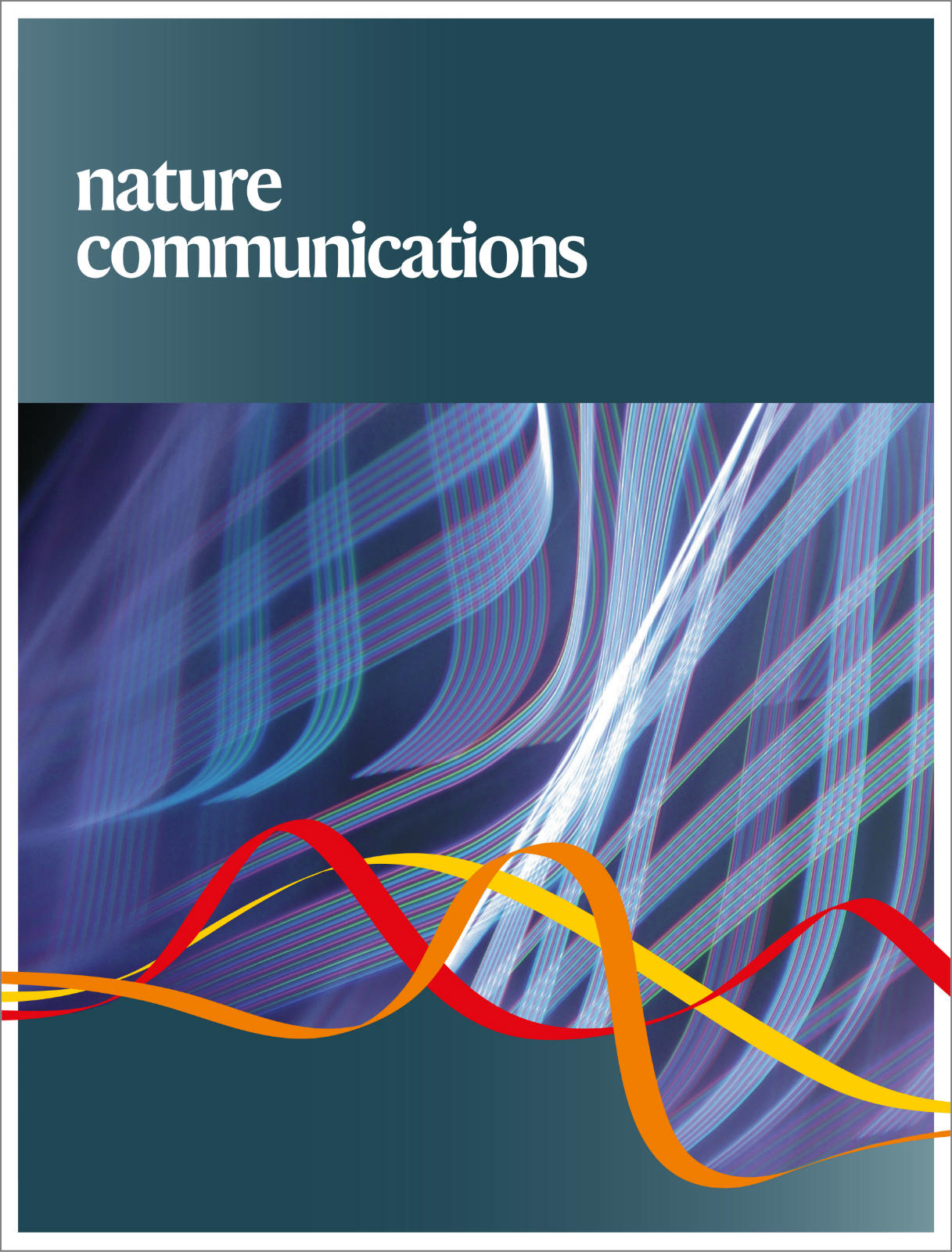A chameleon AIEgen exhibiting six distinct yet tunable thermal and photoswitchable states.
IF 14.7
1区 综合性期刊
Q1 MULTIDISCIPLINARY SCIENCES
引用次数: 0
Abstract
Seeking methods to realize multiple fluorescence changes in a single luminogenic system is of great importance for both chemistry and bionics research. Due to the lack of effective strategies and functional motifs, luminogens with multiple switching and controllable models are still scarce. Herein, we report a chromone-based aggregation-induced emission luminogen called Z-CDPM, which exhibit six distinct, tunable thermal and photoswitchable states, offering controllable thermochromic or photochromic behavior under varying conditions. Specifically, five different reactions are involved: reversible Z/E isomerization, irreversible cyclization and elimination under thermal treatment, and photoarrangement of Z-CDPM and its thermal cyclization product under UV irradiation. The relative independence of the switching states is effectively maintained. Experimental and theoretical analyses validate our design strategies and provide valuable insights into the detailed mechanisms of these reactions, and single crystals further confirm their structures. Additionally, practical applications, including multiple-colored images, quick response codes, and an advanced information encryption system, are developed to demonstrate the utility. This work thus provides effective strategies and structural motifs for the design of multiresponsive luminogens and multifunctional systems.变色龙AIEgen显示六种不同但可调的热和光开关状态。
寻求在单一发光系统中实现多重荧光变化的方法对化学和仿生学研究都具有重要意义。由于缺乏有效的策略和功能基序,具有多开关和可控模型的发光源仍然很少。在此,我们报道了一种基于色酮的聚集诱导发光材料,称为Z-CDPM,它具有六种不同的,可调的热和光开关状态,在不同条件下提供可控的热致变色或光致变色行为。具体来说,涉及五种不同的反应:可逆的Z/E异构化,热处理下的不可逆环化和消除,以及Z- cdpm及其热环化产物在紫外线照射下的光排布。有效地保持了开关状态的相对独立性。实验和理论分析验证了我们的设计策略,并为这些反应的详细机制提供了有价值的见解,单晶进一步证实了它们的结构。此外,还开发了实际应用,包括多色图像、快速响应代码和先进的信息加密系统来演示该实用程序。因此,这项工作为设计多响应发光源和多功能系统提供了有效的策略和结构主题。
本文章由计算机程序翻译,如有差异,请以英文原文为准。
求助全文
约1分钟内获得全文
求助全文
来源期刊

Nature Communications
Biological Science Disciplines-
CiteScore
24.90
自引率
2.40%
发文量
6928
审稿时长
3.7 months
期刊介绍:
Nature Communications, an open-access journal, publishes high-quality research spanning all areas of the natural sciences. Papers featured in the journal showcase significant advances relevant to specialists in each respective field. With a 2-year impact factor of 16.6 (2022) and a median time of 8 days from submission to the first editorial decision, Nature Communications is committed to rapid dissemination of research findings. As a multidisciplinary journal, it welcomes contributions from biological, health, physical, chemical, Earth, social, mathematical, applied, and engineering sciences, aiming to highlight important breakthroughs within each domain.
 求助内容:
求助内容: 应助结果提醒方式:
应助结果提醒方式:


